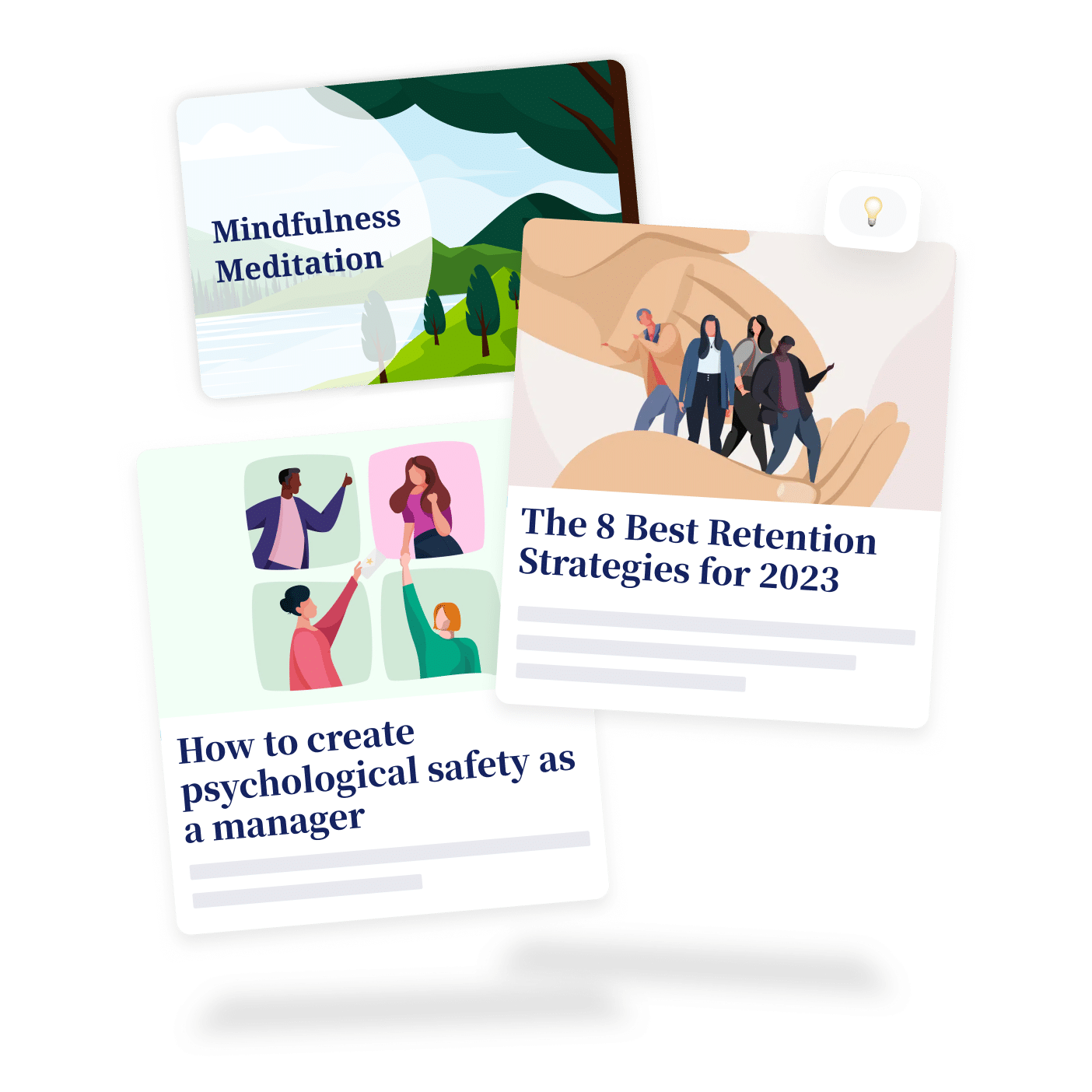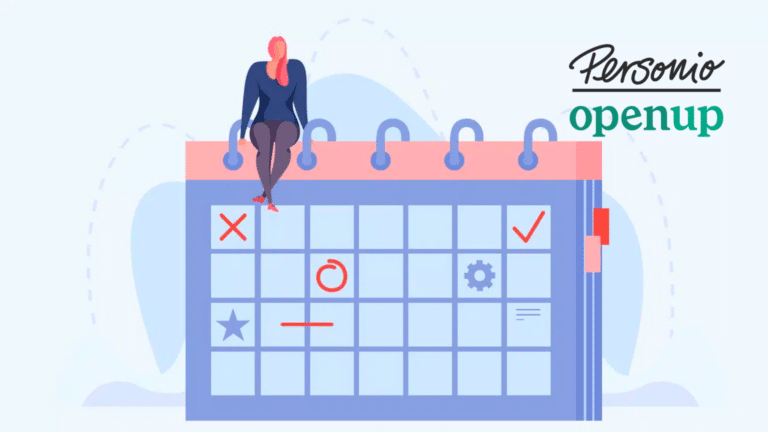Why is a good onboarding process so important for your organisation and new employees?
1. It creates a secure environment for new employees
Whether someone is starting their first job, fresh out of university, or making the shift from one organisation to another, starting a new job is often nerve-wracking. A smooth onboarding process takes some of the pressure off here.
This is growing in importance, because over 70 percent of young people state that they’ve experienced “shift shock” after switching jobs: the new company or role didn’t seem as idyllic as they’d imagined.
People want to join company cultures where they feel supported, respected, heard and competent. If someone experiences shift shock from the first moment on, you might see this reflected in their performance. People who feel good about themselves perform better. And that all starts with a great onboarding experience..
2. It prevents mental health challenges
Prevention is better (and easier) than cure. This means it’s far better to take a holistic approach to employee mental health, which starts as early as the onboarding process.
A crucial part of this is initiating conversations about mental health. By introducing this topic on day one, you’re making it clear to your new employees that it’s accepted and normal to talk openly about their mental health challenges and concerns. This makes it more likely that people will seek help when they’re stressed, their workload is heavy or when they’re lacking motivation or trying to cope with other mental health challenges.
Remember to let employees know about any tools available, such as a company counsellor or consultations with psychologists from OpenUp. You can also make it known that your own door is always open.
3. It makes things easier for existing employees
If your organisation doesn’t have a successful onboarding process in place, then other people in the organisation will have to pick up the slack and onboard new starters themselves. . Perhaps without even realising it, you’ve placed a considerable burden on your existing employees; shoulders.
f . They’ve likely got enough on their plate without having to plan the onboarding of new employees. A study found that 20% of employees experience increased amounts of stress several times a week. In this same group, 65% reported loss of sleep and 47% said they struggle with anxiety. The result of this is poor concentration, less productivity and more people calling in sick.
This leads to a loss of 35.6 productive workdays per employee per year. Make things easier for your existing employees and take the onboarding process off their hands.






